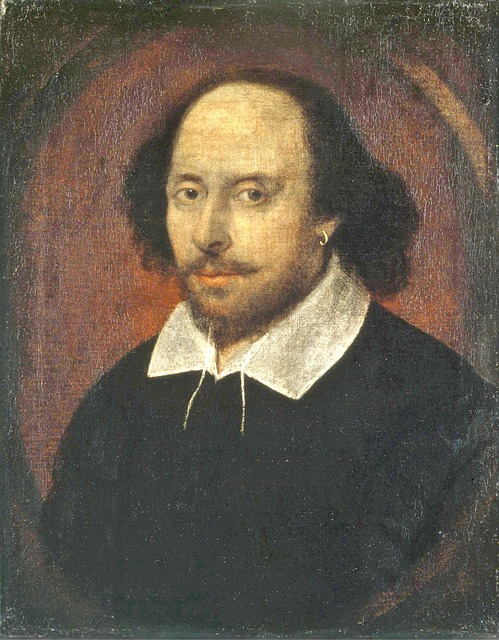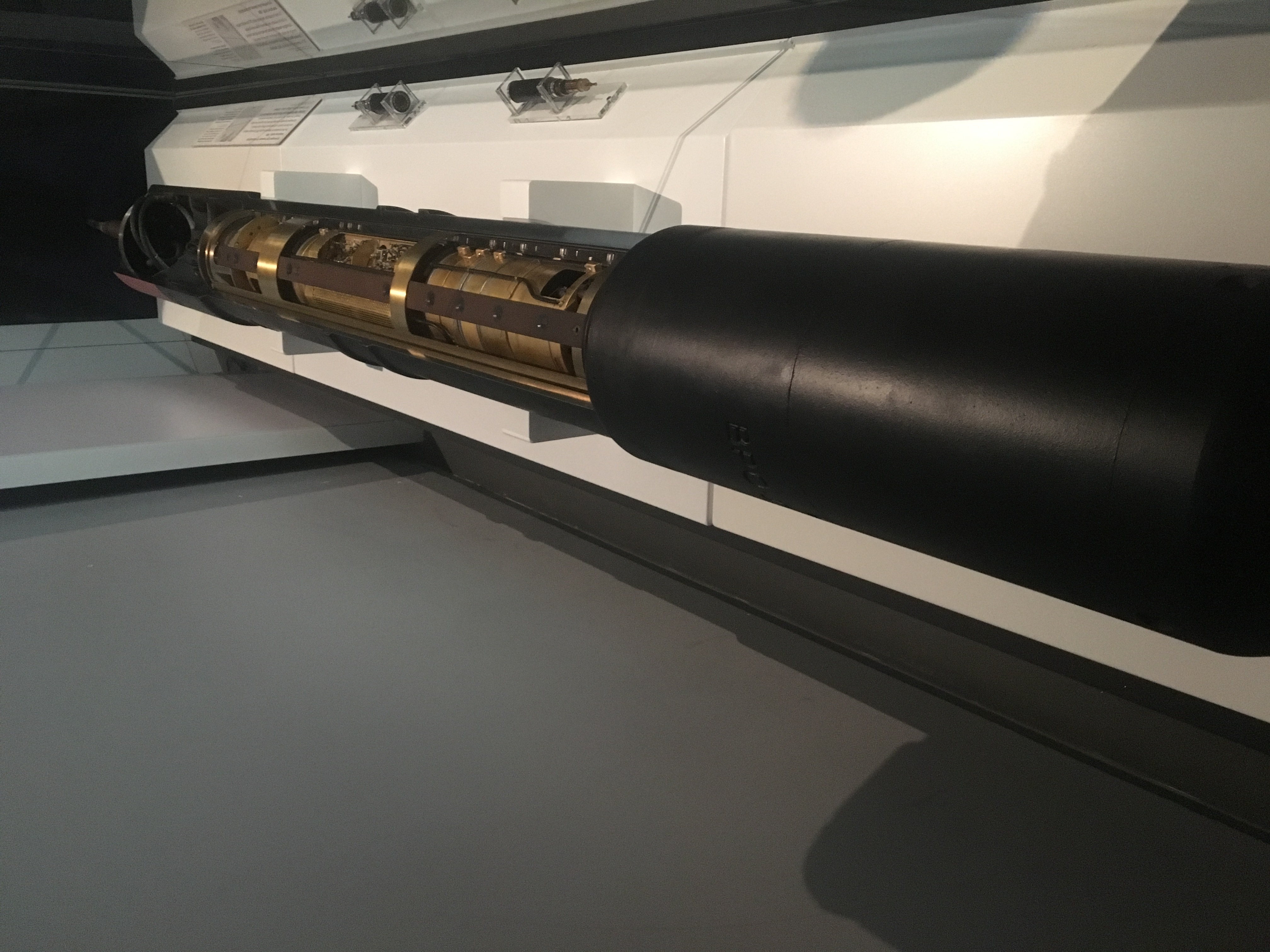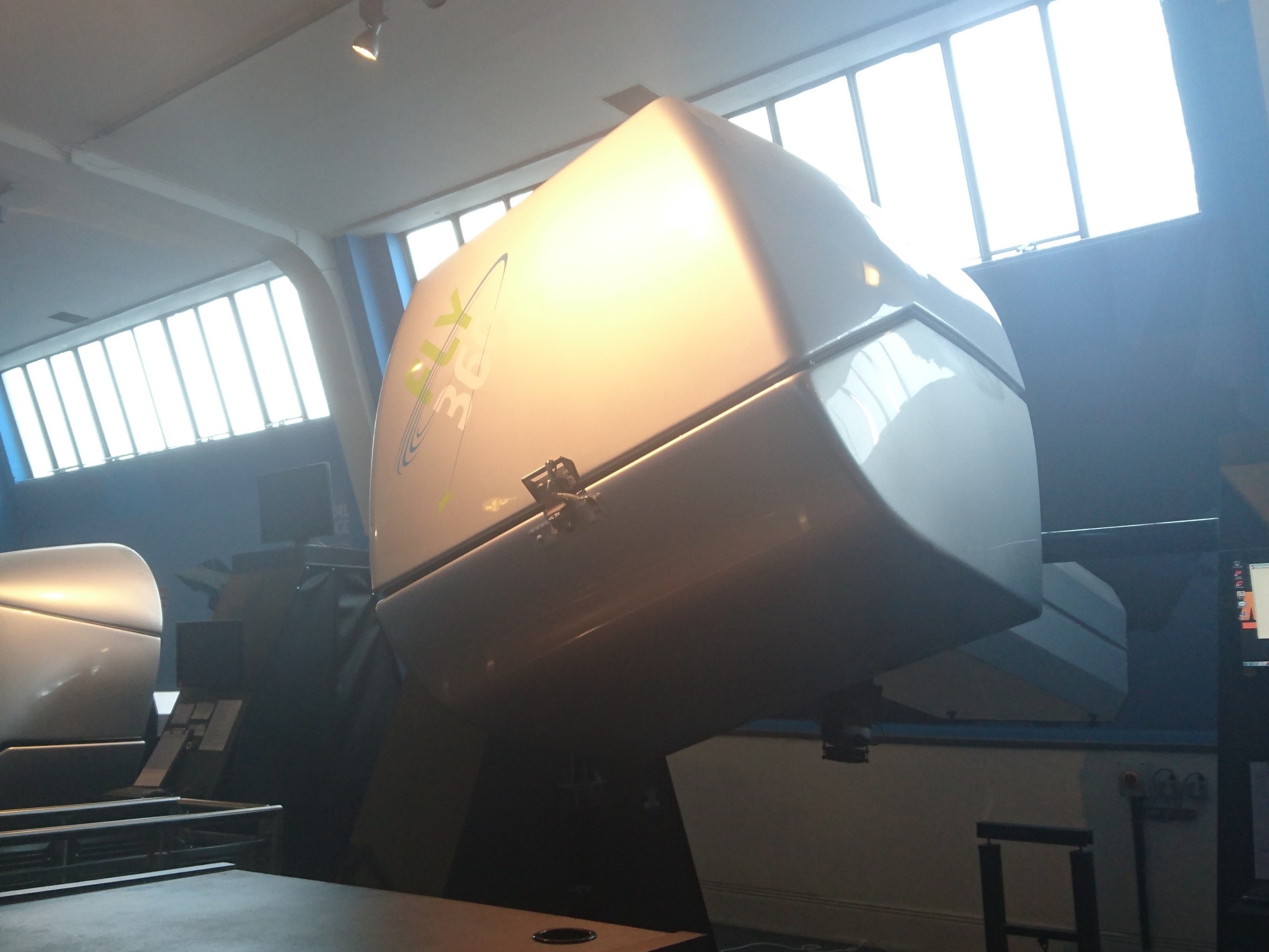Difference between revisions of "London Science Museum"
From Londonhua WIKI
(→Fly Zone) |
|||
| Line 58: | Line 58: | ||
Image: Flight Simulator.jpeg | Image: Flight Simulator.jpeg | ||
</gallery> | </gallery> | ||
| + | ==Hot Air Balloon== | ||
==Engineer Your Future== | ==Engineer Your Future== | ||
Revision as of 14:23, 31 May 2017
London Science Museum
 Representative Article Image | |
| The Chandos Portrait of William Shakespeare | |
|---|---|
| Artist | Attributed to John Taylor |
| Year | c. 1600s |
| Dimensions | 55.2 cm × 43.8 cm ( 21 3⁄4 in × 17 1⁄4 in) |
| Location | National Portrait Gallery, London |
Overview
Contents
Background or Origin of Article
Begin writing the background information of this article, or use this format to begin a new article with some other relevant section filled with important information.
Submerged rigid repeater for Transatlantic Telephone cable
In 1956 the first transatlantic telephone cable, TAT-1, was laid. In the section connecting Newfoundland and Nova Scotia rigid electronic repeaters were included to boost the electrical signals sent through the cable. Another section of the cable connecting Newfoundland and Oban, Scotland used flexible repeaters developed by Bell Telephone Laboratories.
J-2 Engine
The J-2 Engine was used in the second and third stages of the Saturn V rocket. Five were used in the second stage and one relight-able one was used in the third stage. Each engine produced 232,250 lbs of thrust in a vacuum which pushed the Saturn V into orbit at 17,400 mph and then onto the Moon at over 24,000 mph.
Valentina Tereshkova
On June 16th, 1963 Valentina Tereshkova ascended into space, making her the first woman to travel to space. This was an extremely major victory for women in space exploration and it took another twenty years before any other women were able to travel to space. Even today, she is still the only woman to have completed a space mission on her own.
Valentina Tereshkova was born in a small village in Russia and did not start school until she was 8 years old. She left school when she was 16 and worked at a textile factory in order to help her mother afford to care for their family. The Soviet government began selecting women to be a part of their space program and Tereshkova was chosen out of over 400 applicants to participate in the program. He family and friends did not know that she would be going to space, and she kept her plans completely secret. She was selected to pilot the Vostok 6 after 18 months of intense training and preparation.
Tereshkova is described as being a hero and an icon for gender equality, not only in Russia but around the world. After her space mission, she entered the political world and represented the USSR at many different international organizations. She also received the 'Greatest Woman Achiever of the Century' award in 2000 for all of her achievements and hardworking.
Fly Zone
Fly 360
Fly 360 is a flight simulator station. People who step into this station turn into fighter pilots who are tasked with flying a plane in combat. The objective while flying is to take out enemy planes. While in the "cockpit", the people piloting have full control of the plane and they are able fly the as they please. The flying is then accompanied with real time motion where the whole cockpit moves according to how they plane moves. This allows the people inside to get a true feeling for how flying in combat feels.
Hot Air Balloon
Engineer Your Future
This interactive exhibit is designed for young engineers to try to solve future world problems. The first exhibit is the Play Rugged Rovers. In this exhibit, you are to design a space rover to be used on mars. You have to draw a body design and place the wheels. The goal is for the rover to go as far as possible without flipping over or crashing. There is also a big picture game. This game is the building of systems to make our lives easier. They have two versions of this game. One of them requires you to build a power grid to keep everyone having energy. The other one is the designing of a baggage handling system to make sure people don't lose their luggage and that there is nothing dangerous inside. Finally there is Futureville. This game shows the not too distant future to show where engineers engineer in the least expected places. This exhibit is designed for teens aged 11-15 who have in interest in engineering.
Our Lives In Data
Every day more and more data is collected. Data is collected from taking pictures, morning commutes, and more of our lives are being recorded as data every day. When you look at this data is shows patterns which help us see things that we could not see before. By looking at our world through data it provides a new perspective. This collection of data is known as 'big data'.
Examples of data being collected and its use:
Search histories show our fears, journey data shows how cities are growing, smartphones show where traffic jams are, social media profiles reveal a lot about our personalities, energy meters can tell when we are home. What we purchase reveals life events, ebooks can measure our reading speeds, social media posts reveal who'll win an election, and so on and so on.
There are many small interactive exhibits inside the Our Lives in Data exhibit. One of them asks you a series of questions and determines how willing you are to share information. Another just by taking your picture compares it with the other data it has received to predict your age, gender, and happiness level. There is a display on the data collected from tube stations, and one on how much data is collected through Facebook.
Information Age
The Arial Tuning Inductor
Natalie will write about this
References
If appropriate, add a references section
External Links
If appropriate, add an external links section
Image Gallery
If appropriate, add an image gallery
Category tags
Don't forget to add category tags!!! Your Article Pages MUST contain one or more Category tags like this:
[[Category:Art]]
[[Category:History]]



